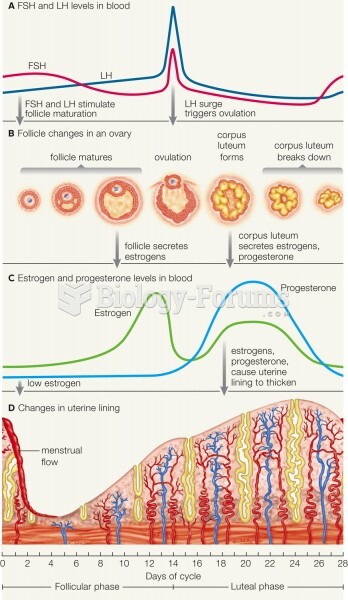This topic contains a solution. Click here to go to the answer
|
|
|
Did you know?
Although puberty usually occurs in the early teenage years, the world's youngest parents were two Chinese children who had their first baby when they were 8 and 9 years of age.
Did you know?
Asthma-like symptoms were first recorded about 3,500 years ago in Egypt. The first manuscript specifically written about asthma was in the year 1190, describing a condition characterized by sudden breathlessness. The treatments listed in this manuscript include chicken soup, herbs, and sexual abstinence.
Did you know?
The first oral chemotherapy drug for colon cancer was approved by FDA in 2001.
Did you know?
The longest a person has survived after a heart transplant is 24 years.
Did you know?
The people with the highest levels of LDL are Mexican American males and non-Hispanic black females.
 Pneumothorax. Figure illustrates how puncture of thoracic wall and tearing of pleural membrane allow
Pneumothorax. Figure illustrates how puncture of thoracic wall and tearing of pleural membrane allow
 Cardiac catheterization. Insertion of a tube called a catheter through a blood vessel. In this examp
Cardiac catheterization. Insertion of a tube called a catheter through a blood vessel. In this examp





